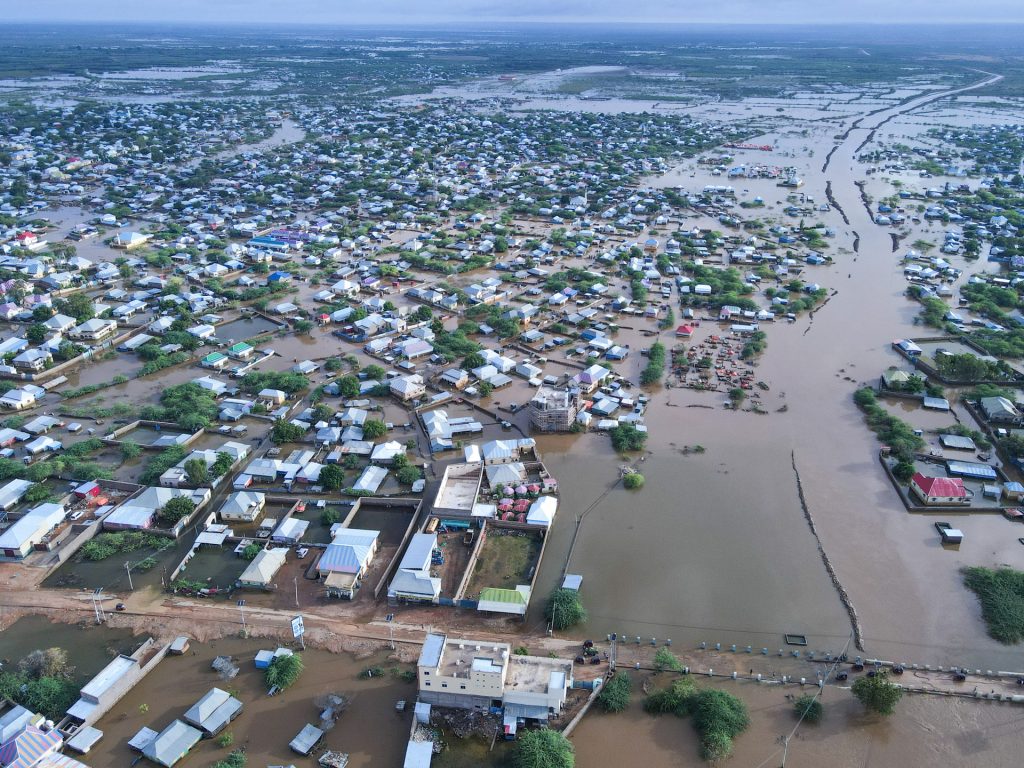On April 12, 2025, the United Nations announced the allocation of $3 million through the Somalia Humanitarian Fund (SHF) to address the anticipated flooding in various regions of Somalia. The funds aim to reduce the humanitarian impact of the predicted flooding, particularly in remote and hard-to-reach locations such as Jamame, Luuq, and Afgooye. The SHF, backed by international donors, is designed to address the country’s most urgent needs, especially in times of crisis.
The UN Office for the Coordination of Humanitarian Affairs (OCHA) stated that the funds would primarily provide multipurpose cash assistance, pre-position and distribute hygiene kits and essential medicines, and upgrade communal water, sanitation, and hygiene (WASH) infrastructure and health facilities. These measures are intended to be implemented both before and after the floods to ensure communities are better prepared and can recover more swiftly. The proactive approach aims to mitigate the adverse effects of flooding, which has historically led to significant displacement and health challenges in the region.
This allocation comes as heavy rainfall has been affecting Somalia since April 19, causing floods, flash floods, and river overflows that have resulted in casualties and damage. According to OCHA, four people have died—three in Somaliland and one in Hirshabelle State. Additionally, approximately 804 people have been displaced, 100 shelters destroyed, and a school damaged across the country. The UN agency anticipates more rainfall over northwestern and southwestern parts of Somalia in the next 24 hours, raising concerns about further flooding and its impact on vulnerable communities.
Humanitarian partners are stepping up their response across the country, with efforts focused on providing immediate relief and preparing for potential escalations in the crisis. The UN’s swift allocation of funds underscores the urgency of the situation and the need for coordinated action to prevent a larger humanitarian disaster. As climate change continues to exacerbate weather extremes, Somalia’s susceptibility to such events highlights the importance of sustained international support and investment in resilience-building measures.

